4 Myths About Automating Your Reconciliations Debunked
You know there are problems with your current manual reconciliation process. It’s not efficient – there are way too many people ‘ticking and tying’ when they could be doing so much more. It’s open to risk and difficult to report on – unstandardized. Jack notes an exception in one way, Jill in another. Sometimes things get missed. It takes too much time – month end seems to eat up half of the following month, and you’re always in catch up mode. It’s stressful – hopefully there is no audit anytime soon.
You are considering automation – there has to be a better way! But you have doubts, and perhaps feel nervous about bringing the idea up for consideration. See if you can relate to these four myths and let us help you debunk them!
MYTH 1: It’s prohibitively expensive. We should just hire another couple of people to help out. False.
Of course, there will be an associated cost to introducing new technology – but try to think long-term (or even medium term). You will know upfront what the cost of a reconciliation solution would be, and also the cost of new headcount if you need more. Can you really say the same about the cost of not putting something in place? Risk equals cost, and there are many risks associated with manual reconciliation processes. Some of that risk is related to human error – the wrong number entered; the wrong formula used. Some of it could be delays between various information sources. There is also the risk of being overly dependent on individuals with good understanding of the process – but what happens when they leave the job, along with their expertise on spreadsheets, or the internal tool they designed from scratch? And then, there is the on-going cost of bloating up your reconciliation team with people who are ‘ticking and tying’ when they could be involved with more meaningful, higher-value tasks. When you consider all these things, the upfront cost of automation is much more palpable, often cost-saving in a matter of months.
MYTH 2: Our process isn’t straightforward, so there probably isn’t a good fit for us out there. False.
Because you are deeply vested in your organization’s current reconciliation process, it is natural to feel overwhelmed when trying to imagine an automated version of it. How will it work? Over the years, you have probably also come up with some creative workarounds to get your work done to the best of your ability, and now those oddities may seem like integral parts of the reconciliation process that you can’t imagine done in any other way. Consider though, that reconciliation in itself – the comparison of two sets of data, is a finite field. Every process certainly has its specifics, but as long as you answer ‘Yes’ to these three questions, chances are accommodating your process in an automated, modern, feature-rich reconciliation solution is likely: Do you compare 2 or more sets of data? Does that data come in a standard format? Do you have a set of criteria that you match that data on?
MYTH 3: It will take forever to migrate our current process and train everyone – it’s not worth it. False.
Not so fast! It depends on the product and the implementation. Depending upon which automated solution and vendor you consider, gone are the days when you have to spend weeks on a technical installation alone, spend months defining your business requirements for customization, then go into testing mode before you can even start benefitting from the solution (all hand-in-hand with never-ending professional services fees). Today you can choose a product that is in tune with the latest and greatest technology: thin-client, web-based, quick and easy to deploy. If you can commit time and people to the project, going live in a short 40-60 working hours is often the norm.
The same is valid for training – it’s all about the product and the implementation approach. If the solution you choose is intuitive and easy to use by the average business user, then you can designate a power user within your organization who can train the rest of your users, saving you both time and money.
MYTH 4: I will probably need to get used to multiple platforms for every part of the process. False.
Again, not so fast! Today’s reconciliation market offers products such as the ReconArt™ Total Reconciliation Lifecycle™ solution that can accommodate your entire reconciliation lifecycle in one product with the same interface. The result is that your power admin user, daily reconciler, period-end approvers and reviewers, senior level executives looking for reports, and the auditors and compliance officer are all interacting with the same comprehensive system. Their access rights determine exactly what they can see and do on a super granular level.
Geri Davies is ReconArt’s Vice President of Client Success located in the company’s Alexandria, VA US head office location. Geri can be contacted at geri.davies@reconart.com or +1 202-413-2053.

 follow our blog
follow our blog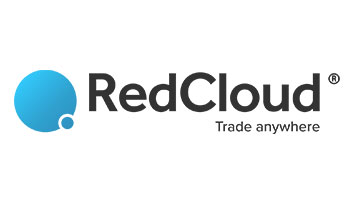
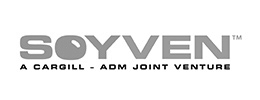

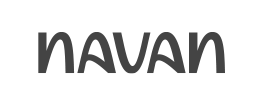
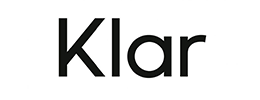



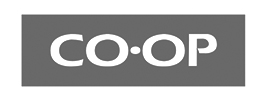
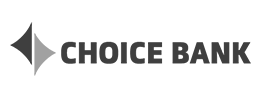



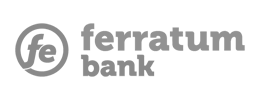
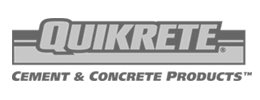

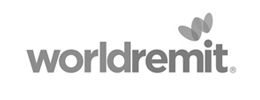




 Quick response
Quick response

